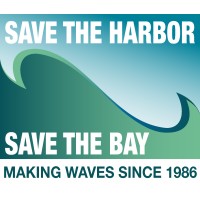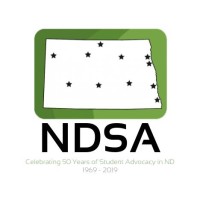
Save the Harbor/Save the Bay
Save the Harbor/Save the Bay is a non-profit, public interest, environmental advocacy organization made up of thousands of citizens, as well as scientists and civic, corporate, cultural, and community leaders, whose shared mission is to restore and protect Boston Harbor and Massachusetts Bay and share them with the public for everyone to enjoy. Since 1986 we have been the region’s leading voice for clean water and the completion of the $4.5 billion Boston Harbor Clean-Up, which has transformed Boston Harbor from one of the dirtiest harbors in the nation into a source of educational, recreational and economic opportunity for all Bostonians and the region’s residents. Though clean water and environmental advocacy remain at the core of our mission, since 2001 Save the Harbor/Save the Bay has increasingly focused our attention on finding new ways to connect the nearly one million residents who live within half an hour of the coast, with the harbor, the beaches, and the islands. • Over the past dozen years Save the Harbor has pioneered a suite of free, harbor-focused youth education and recreation programs that have become the largest in the region, connecting 15,000 Boston area youth and teens each year to Boston Harbor and the Harbor Islands, opening up new opportunities for corporate sponsorships and cause-related marketing partnerships. • Each year Save the Harbor hosts or supports 30 free, family-friendly events and activities on the region’s public beaches that connect the region’s youth and families to the harbor. In 2013 these free events attracted a large and extraordinarily diverse audience of more than 500,000 people to the region’s public beaches from Nahant to Nantasket, opening up new opportunities for corporate sponsorships and related marketing partnerships.






